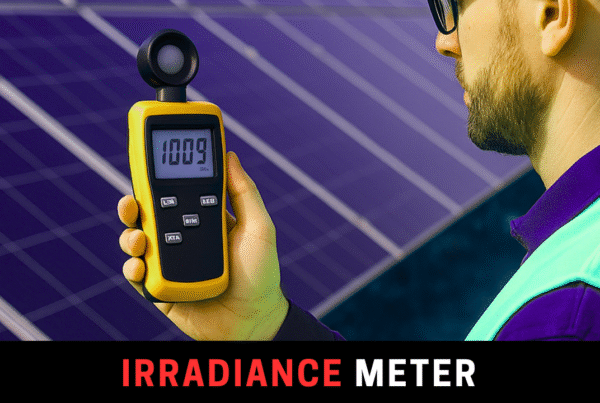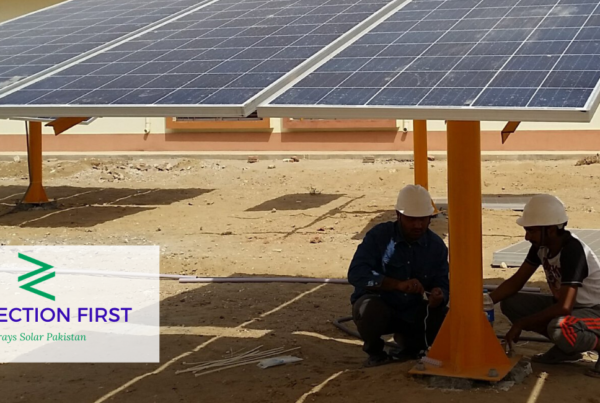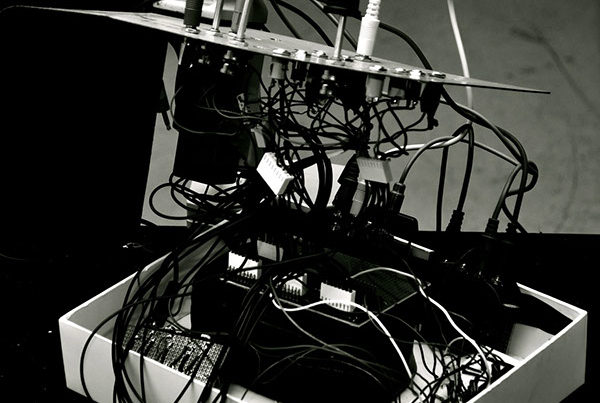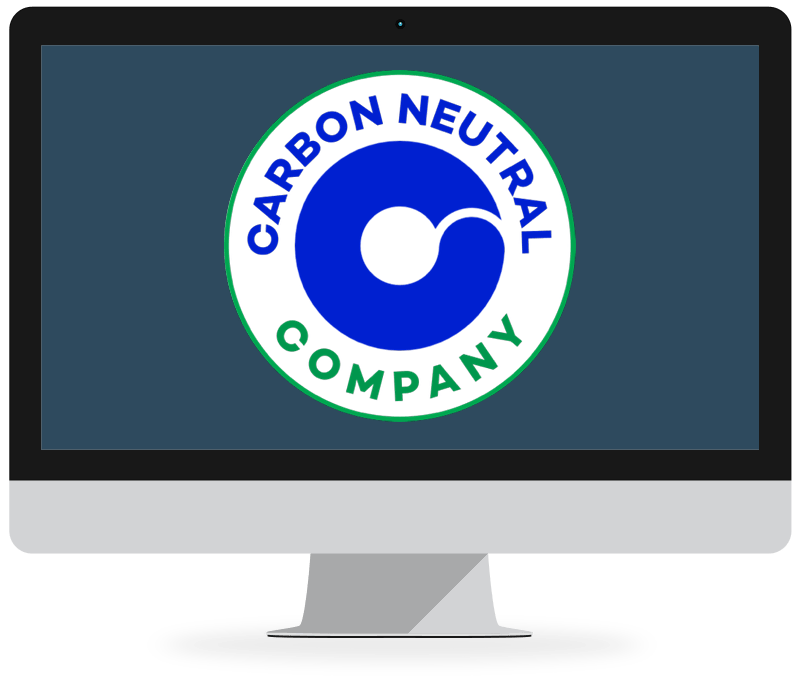In modern photovoltaic (PV) systems, sensors are the unsung heroes. They provide real-time data that ensures solar power plants operate safely, efficiently, and with maximum yield. From monitoring temperature to tracking irradiance and weather, sensors form the backbone of solar system intelligence. Let’s explore the different types of sensors used in PV systems and their importance.
1. Temperature Sensors
Temperature plays a critical role in solar energy generation. Overheating can cause efficiency loss or even equipment damage.
Thermocouples
-
Function: Measure temperature via thermoelectric voltage.
-
Types: K-type, J-type, T-type
-
Accuracy: ±0.5°C to ±5°C
Thermistors
-
Function: Detect temperature changes through resistance variation.
-
Types: NTC (Negative Temperature Coefficient), PTC (Positive Temperature Coefficient)
-
Accuracy: ±0.5°C to ±5°C
2. Irradiance Sensors
Solar power generation directly depends on sunlight availability. Irradiance sensors measure solar radiation and help in performance analysis.
Pyranometers
-
Function: Measure solar irradiance using thermopile or PV detectors.
-
Spectral Response: 300–2800 nm
-
Accuracy: ±5% to ±10%
Reference Cells
-
Function: Use calibrated PV cells to replicate actual system conditions.
-
Accuracy: ±5% to ±10%
3. Voltage and Current Sensors
Electrical health is vital for PV systems. Voltage and current sensors ensure safe and optimal energy flow.
Voltage Sensors
-
Function: Monitor AC/DC voltage levels.
-
Types: Voltage dividers, Hall effect sensors, isolation amplifiers
-
Accuracy: ±0.1% to ±5%
Current Sensors
-
Function: Measure AC/DC current with precision.
-
Types: Hall effect sensors, current transformers, shunt resistors
-
Accuracy: ±0.1% to ±5%
4. Weather Sensors
Solar generation is tied to environmental conditions. Weather sensors help operators forecast performance and prepare for system fluctuations.
Anemometers
-
Function: Measure wind speed and direction.
-
Types: Cup, propeller, ultrasonic
-
Accuracy: ±0.5 m/s to ±2 m/s
Wind Vanes
-
Function: Indicate wind direction.
-
Accuracy: ±5° to ±10°
Hygrometers
-
Function: Monitor humidity.
-
Types: Capacitive, resistive, thermal
-
Accuracy: ±2% to ±5%
Rain Sensors
-
Function: Detect rainfall or wet conditions.
-
Types: Capacitive, resistive
-
Accuracy: ±10% to ±20%
Barometric Pressure Sensors
-
Function: Measure atmospheric pressure.
-
Accuracy: ±0.1% to ±1%
5. Performance Monitoring Sensors
Performance monitoring is the final layer of intelligence. These sensors track power generation and energy use, ensuring profitability and safety.
Power Meters
-
Function: Provide real-time data on energy flow.
-
Accuracy Class: 0.5 or 1
Energy Meters
-
Function: Record cumulative energy generation, grid export/import, and consumption.
-
Accuracy Class: 0.5 or 1
Benefits and Applications
The integration of these sensors into PV systems provides:
-
Early Fault Detection: Prevents costly damages and reduces fire risks.
-
Optimized Maintenance: Helps technicians identify underperforming panels or components.
-
Higher Efficiency: Supports data-driven adjustments for better energy yields.
-
System Safety: Monitors thresholds to prevent dangerous conditions.
Simply put, sensors make solar energy not just cleaner but also smarter.
✅ Stay ahead in solar with Zorays — where we integrate smart sensors into sustainable energy solutions.















